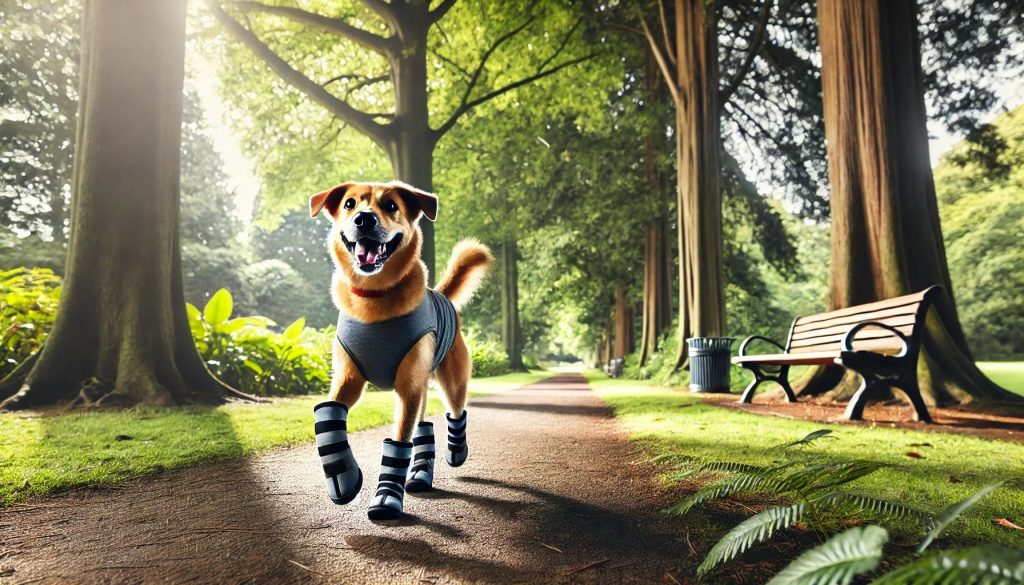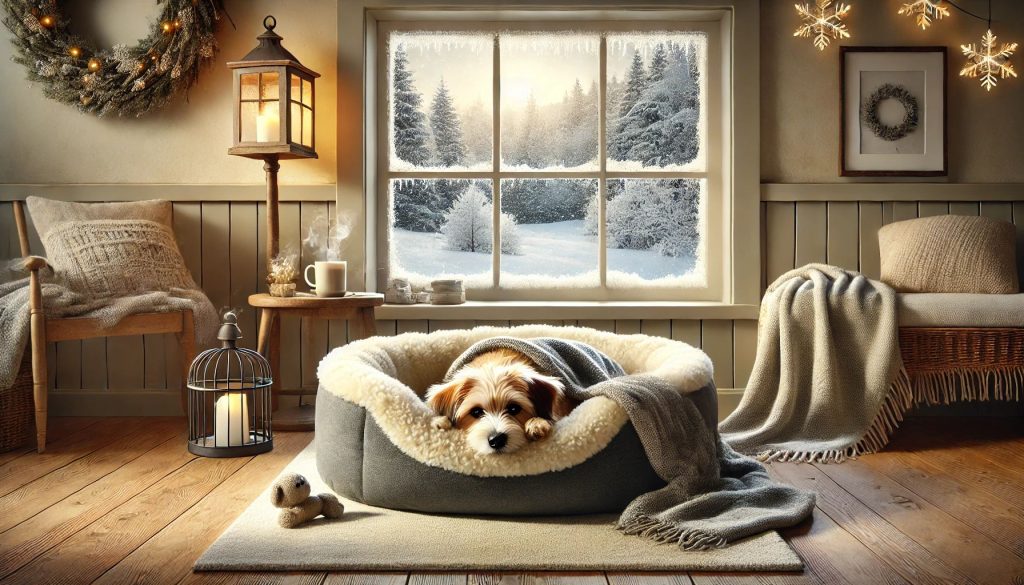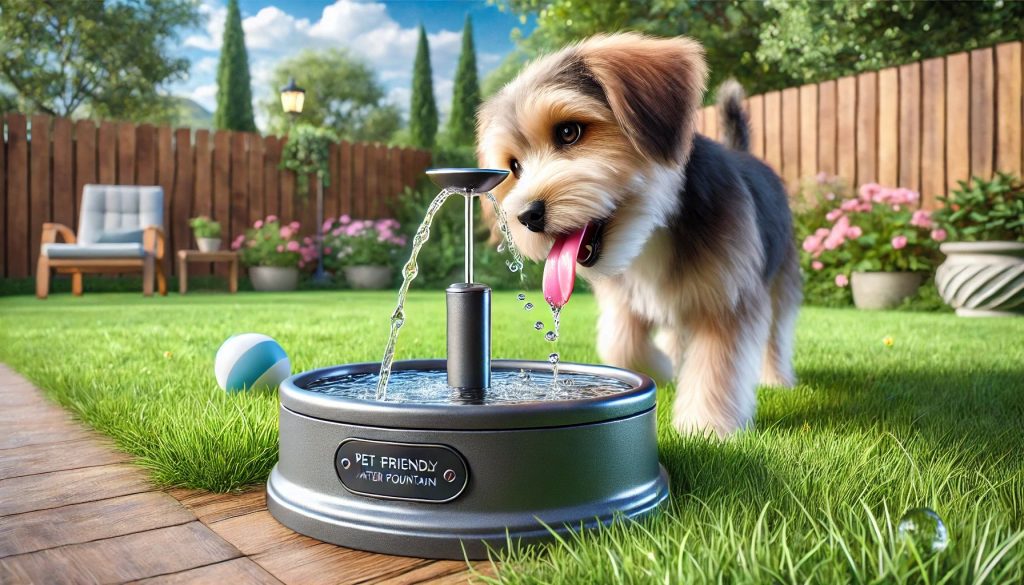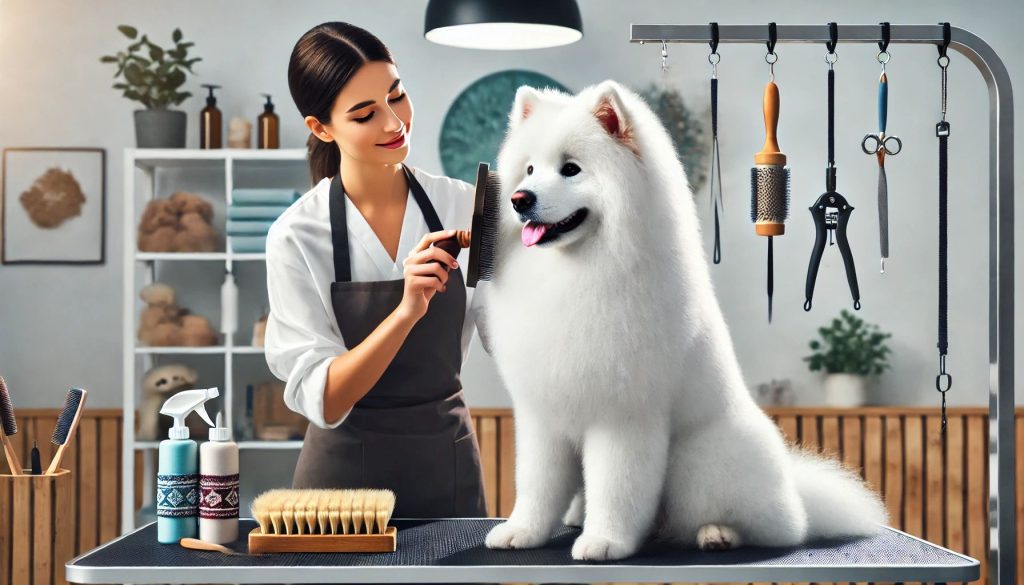Protecting Pets Through Changing Weather: Essential Tips for Pet Owners
As the weather changes, so do the needs of our beloved pets. Whether it’s the sweltering heat of summer or the icy chill of winter, keeping your furry friends safe and comfortable is vital. Here’s a guide to help you navigate pet care through all seasons, using the latest insights and expert advice.
1. Vets Issue Urgent Warning After Dog Left ‘Almost Lifeless’ in Summer Beach Trip Horror
What Happened:
A recent incident at a summer beach outing left a dog dangerously overheated, requiring immediate veterinary care. The dog, exposed to prolonged sun and high temperatures, exhibited signs of heatstroke, including heavy panting and lethargy. The owner faced an unexpected $900 vet bill for emergency treatment.
Expert Advice:
- Avoid walking or exercising dogs during peak heat hours (10 a.m. – 4 p.m.).
- Always provide ample shade and fresh water when outdoors.
- Be vigilant about symptoms of heatstroke, such as drooling, unsteady movements, or collapse.

2. Vet Issues Warning About Walking Dogs in Heat: Know the ‘Dangerous’ Temperature
The Danger of Hot Pavement:
Walking dogs in hot weather poses risks beyond heatstroke; pavement temperatures can soar, burning delicate paw pads. Experts recommend testing pavement with your hand—if it’s too hot for your palm, it’s too hot for your pet.
Proactive Measures:
- Stick to shaded areas or grassy paths during walks.
- Invest in dog booties to protect their paws.
- Shift walks to early mornings or late evenings when temperatures are cooler.

3. Hypothermia in Dogs: What a Vet Wants You to Know
The Winter Threat:
Cold weather can lead to hypothermia in pets, particularly smaller breeds and those with short fur. Warning signs include shivering, lethargy, and difficulty breathing. Immediate veterinary care is crucial in severe cases.
Staying Warm:
- Use pet-safe heating pads or insulated pet beds.
- Dress pets in warm sweaters or coats during outdoor activities.
- Limit time spent outside, especially during extreme cold snaps.

4. Expert Tips on Keeping Pets Hydrated in Hot Weather
Why Hydration Matters:
Heat exhaustion can be prevented by ensuring your pet has access to fresh, cool water at all times. Pets dehydrate quickly in hot weather, and adding ice cubes to their water can help.
Creative Hydration Solutions:
- Provide portable water bowls for walks or outings.
- Incorporate hydrating snacks like cucumber slices or watermelon (without seeds).
- Use pet-friendly fountains to encourage drinking.

5. The Importance of Seasonal Grooming for Your Pet’s Comfort
Grooming as a Seasonal Necessity:
Regular grooming plays a vital role in temperature regulation. In summer, excessive fur can trap heat, while in winter, proper coat care ensures effective insulation.
Grooming Best Practices:
- For winter, avoid shaving coats too short; instead, brush regularly to prevent matting.
- In summer, schedule professional trims to keep fur manageable without overexposing skin.
- Bathe pets with seasonally appropriate shampoos to address skin dryness or allergies.

Taking these preventive measures not only keeps your pets safe but also strengthens the bond you share with them. Whether it’s the heat of summer or the chill of winter, staying informed ensures your pet thrives all year round.
